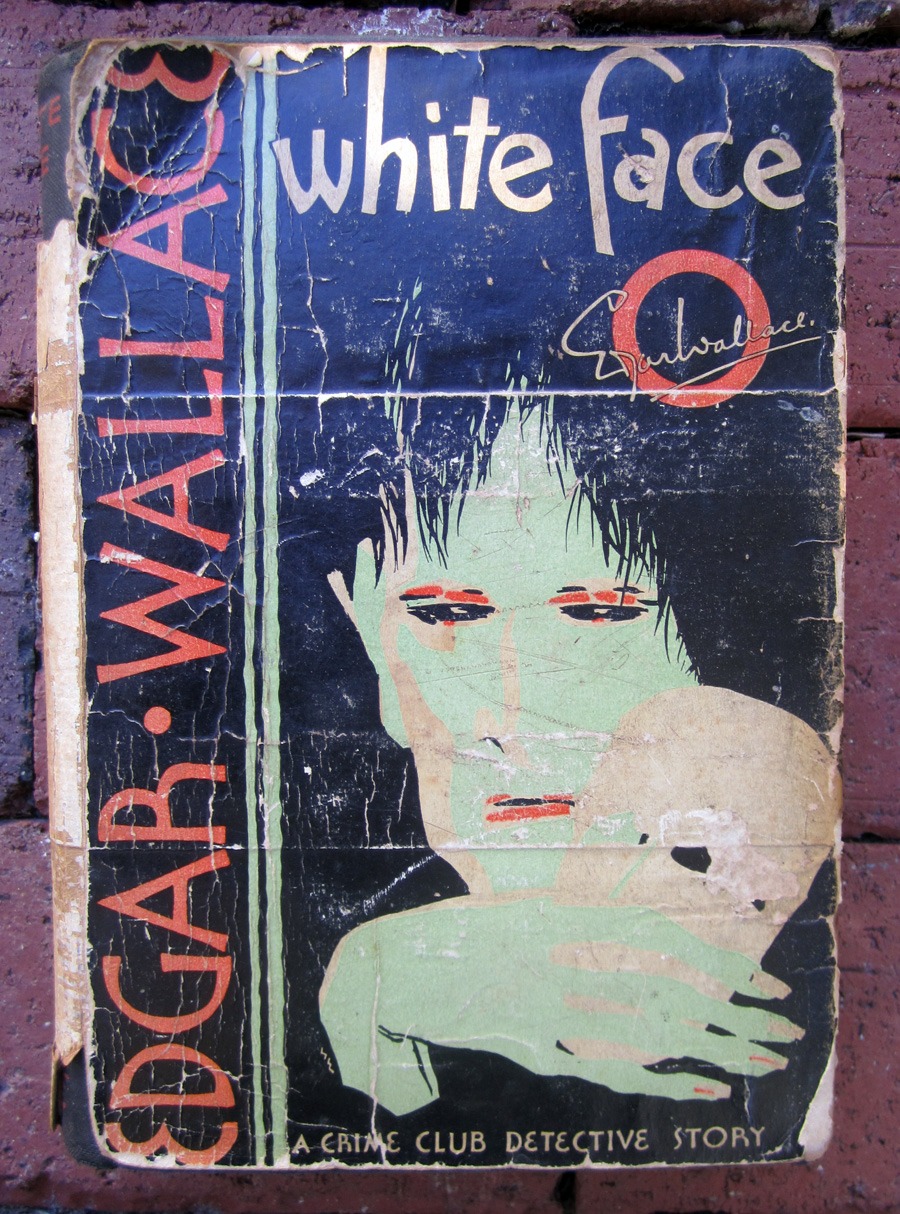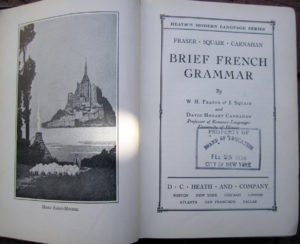
by Jean Marie Carey | 17 Feb 2013 | Animals, Animals in Art, Franz Marc, German Expressionism / Modernism, Re-Enactments© and MashUps
It was actually a very solemn week and past few days but in recounting some stories it’s easier to begin with flashes of humor, and there were a few extremely funny episodes to report.
The first was while visiting the Cloisters. After viewing the very disturbing (to me) tapestries of the allegorical (but very graphically woven) hunting of the unicorn we came upon this:
 Called a Palmesel; this model dated 1470 is from a church in Mellrichstadt – perhaps I should have guessed that such a fun crazy object would come from Bavaria – and apparently they continued to be quite popular in the beautiful south to the relatively modern times, protected from the Reformation.
Called a Palmesel; this model dated 1470 is from a church in Mellrichstadt – perhaps I should have guessed that such a fun crazy object would come from Bavaria – and apparently they continued to be quite popular in the beautiful south to the relatively modern times, protected from the Reformation.
We went to the Metropolitan Museum of Art which is another whole story I will get to…but, in trying to dash through the rooms and rooms of Impressionism to come out in the relatively tiny alcove of the good stuff, out of the corner of my eye, I spotted this:

I think he means “peniche.”
M^2 knew what time it was but the group of admirers who were lingering to count the dots or whatever were perplexed by our laughter so as you can see I had to share this important re-enactment with them. It’s kind of hard to explain anyway, but the people seemed amused and we were also very cheerful.

by Jean Marie Carey | 11 Dec 2011 | Art History, Stuff Found in Library Books



 Here are some more recent acquisitions from the rueful “Island of Misfit Books” project.
Here are some more recent acquisitions from the rueful “Island of Misfit Books” project.
You probably know all about William Wordsworth, the English Romantic poet who was friends with Samuel Taylor Coleridge, with whom he visited Rheinland-Pfalz where they first got the idea to translate Goethe’s Faustus.
This volume is called Poems of Wordsworth Chosen and edited by Matthew Arnold. Arnold was an English professor (at Rugby and then Oxford) who was also a poet; “Dover Beach” is often referenced by Ian McEwan and appears in Fahrenheit 451. This book is a printing from 1893. The spine is very bent and there are fingerprints and some faint traces of pencil on almost every page…someone really liked this book.
Crime novelist and short story writer Edgar Wallace was also quite a character and became, in 1927, one of the first authors to secure a deal with a movie studio for stories and scripts. This turned out to be a good thing because Wallace was also, earlier, the creator of King Kong. (In the scene in the basement tavern in Inglourious Basterds during the “Who Am I?” game there are references to both King Kong and Wallace.) As you can see by the cover of White Face, Wallace was also academically ahead of his time, having devoted several hundred pages lo in 1930 to the exploration of the astonishing theory that, indeed, some segment of the population — perhaps even you — is in fact white. A film was made of White Face as well; it premiered in March 1932, just a few weeks after Wallace’s death in February of the same year.
Speaking of trends in scholarship, of course it is no longer necessary to speak French or go to France in order to become a person of letters on French subjects. Nonthetless, my favorite book in this trio is the Brief French Grammar. It was the property of a the New York Public Library in the second decade of the 1900s, and then of the Board of Education of the City of New York where it circulated until 1936. A very enthusiastic student marked a routing slip left inside the book with an emphatic red date: Le Juin 22, 1920. Completely adorable.

by Jean Marie Carey | 13 Jun 2008 | Art History, Re-Enactments© and MashUps
 Situationist grafitti, Menton, Occitania, 2006 (the 1968 slogan “It is forbidden to forbid”, with missing apostrophe). Wikipedia Commons
Situationist grafitti, Menton, Occitania, 2006 (the 1968 slogan “It is forbidden to forbid”, with missing apostrophe). Wikipedia Commons
“Rather — just as certain biologists argue for the maintenance of species diversity among plants in order to preseve them for potential use by future generations — we should battle on the side of the obscure, the small, the powerless, the marginalized in order to maintain bio-diversity of memes, of ideas and aesthetic and imaginary realms.”
Marina LaPalma’s “Situationism: A Primer” is one of the best readings in existence for art history students because it is very easy to digest, in terms of distilling the much more difficult prose of situationists from the 1960s, particularly Guy Debord, but also because it is a call to action that clearly illuminates some of the social conditions to be acted against.
Written in 1988 in honor of the approximate twentieth anniversary of the publication of The Society of the Spectacle, “Primer” notes that the intervening decades have made DeBord’s observations seem even more absolutely correct. (Time has done the same for “Primer.”) LaPalma describes a completely dystopic society, yet in the last quarter of the article makes clear that her intent overall mood is hopeful.
Like the original SI group, LaPalma makes a few incorrect assessments, identifying simple sociopathy (“Can any pleasure we are allowed to taste compare with the indescribable joy of casting aside every form of restraint and breaking every conceivable law?”) and the Los Angeles riots as appropriations of situationism.
Yet many – most – of LaPalma’s statements about the Spectacle, like DeBord’s, seem even more valid today than when written: “The world we see is not the real world, it is the world we have been conditioned to see; a world constructed from the black and white of tabloids, a world framed by the mahogany veneer of the television set, a world of carefully constructed illusions – about ourselves, about each other, about power, authority, justice and daily life. A view of life from the perspective of power.”
LaPalma uses the commodification of superficially “rebellious” music (punk and techno) to illustrate the idea of recuperation, and is also, mercifully, extremely critical of hippie-collectivist modes of dropping out. “Revolution is a process, a process that can be started now,” says LaPalma.
The problems – isolation through the work/home/consumer system, totally immersive media that purports to broadcast reality, the replacement of the citizen by the consumer – are clear. The extremity of the endless war, continuous states of celebrity meltdown, and now, recession, makes action seem like the only choice. LaPalma does not provide any guidance for resisting the Spectacle within society without perpetuating it.

 Called a Palmesel; this model dated 1470 is from a church in Mellrichstadt – perhaps I should have guessed that such a fun crazy object would come from Bavaria – and apparently they continued to be quite popular in the beautiful south to the relatively modern times, protected from the Reformation.
Called a Palmesel; this model dated 1470 is from a church in Mellrichstadt – perhaps I should have guessed that such a fun crazy object would come from Bavaria – and apparently they continued to be quite popular in the beautiful south to the relatively modern times, protected from the Reformation.




